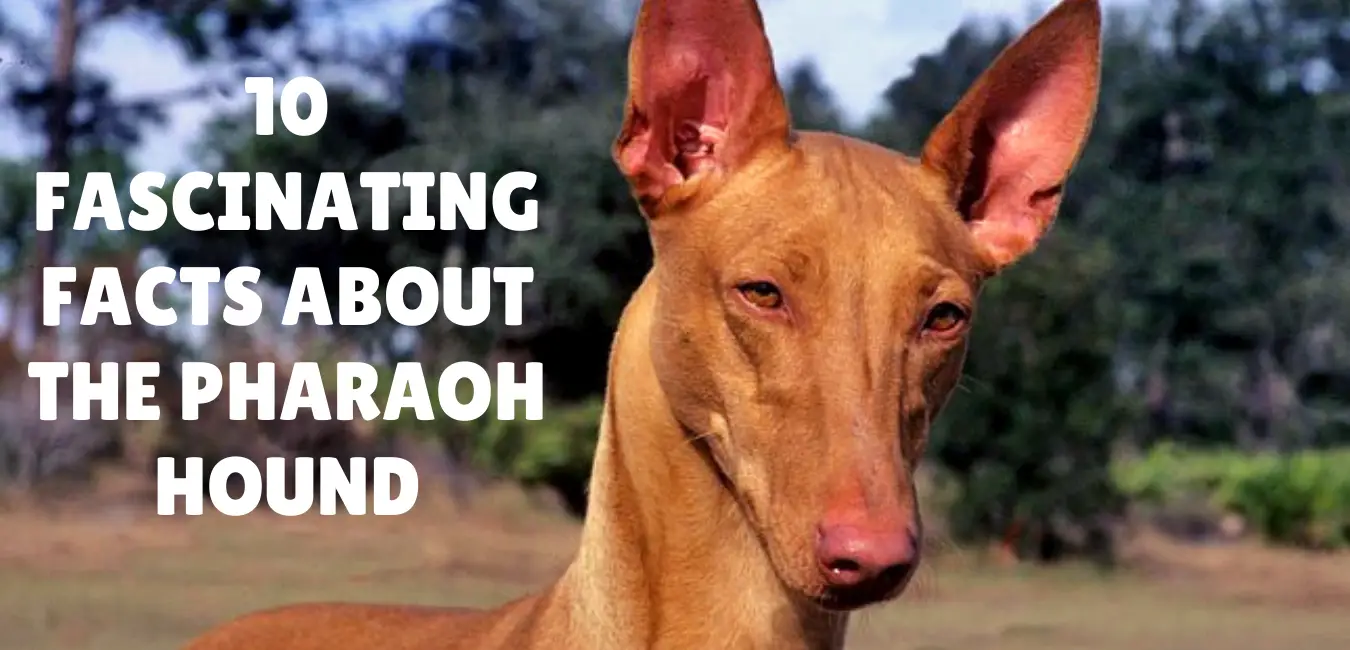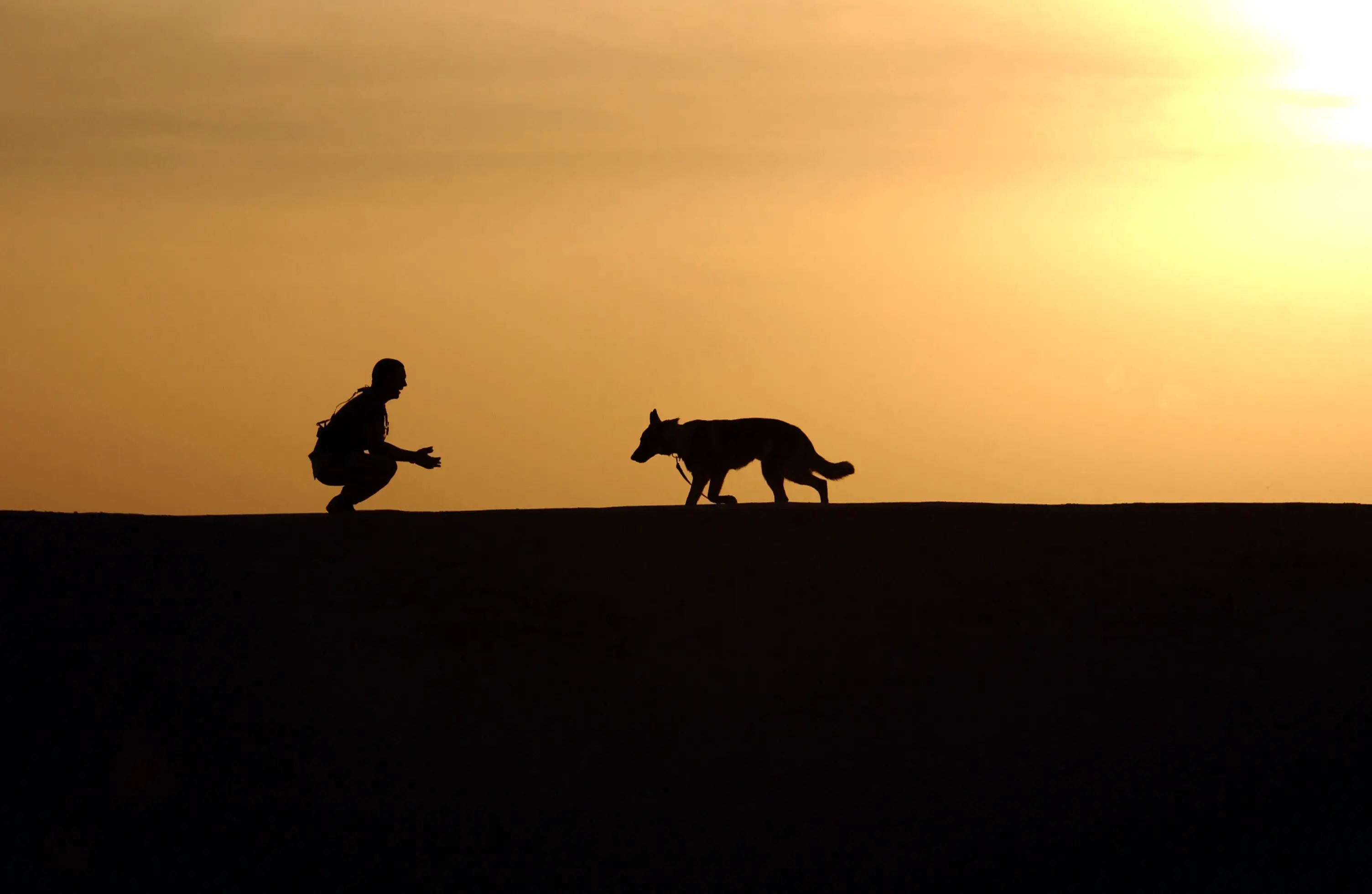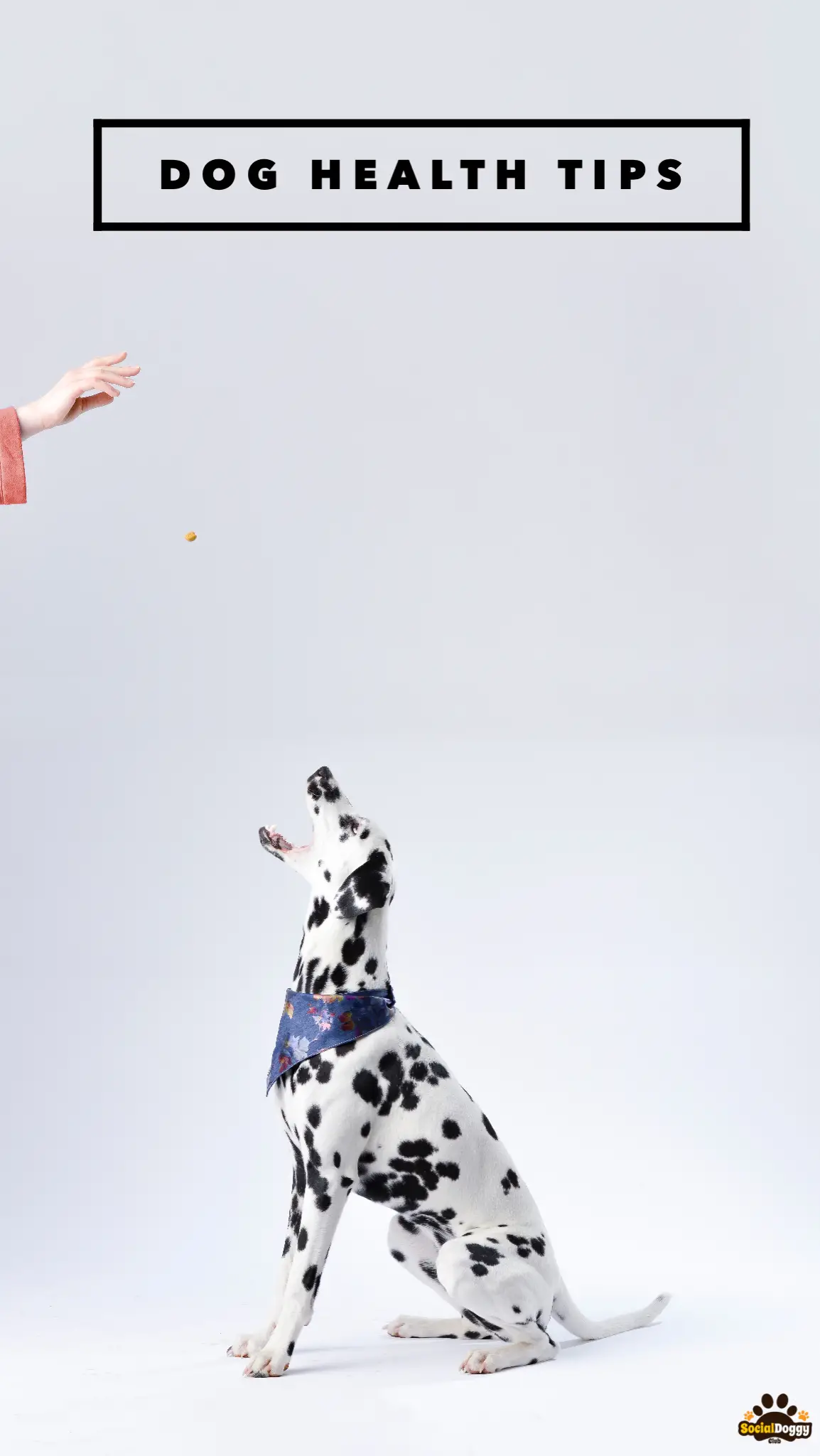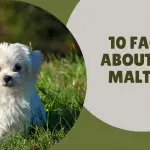The pharaoh hound is a hunting dog breed from Malta. They are Malta’s national dogs and the only maltese dog breed with international recognition. The breed was owned by kings, and it is possible that it hunted gazelle alongside pharaohs. Without further ado, here is a list of the top ten fascinating facts about the pharaoh hound.
Contents
1. Their history
The pharaoh hound is an ancient Egyptian breed with a long history. Their storied legacy with the Egyptians has been represented in tombs and paintings dating back to 3000 BCE. For example, an artifact from 4000 BC illustrates dogs hunting gazelles very far ahead. According to popular belief, phoenician merchants then brought the dog to Malta. After the prey that local hunters used the dogs to catch, they became known as Kelb tal-Fenek, or “rabbit dog.” In 1979, the breed flourished and was designated as Malta’s official dog. The first pharaoh hounds arrived in the United States in 1967, and the breed was adopted by the American Kennel Club (AKC) in 1984.
2. They’re known for their unique appearance
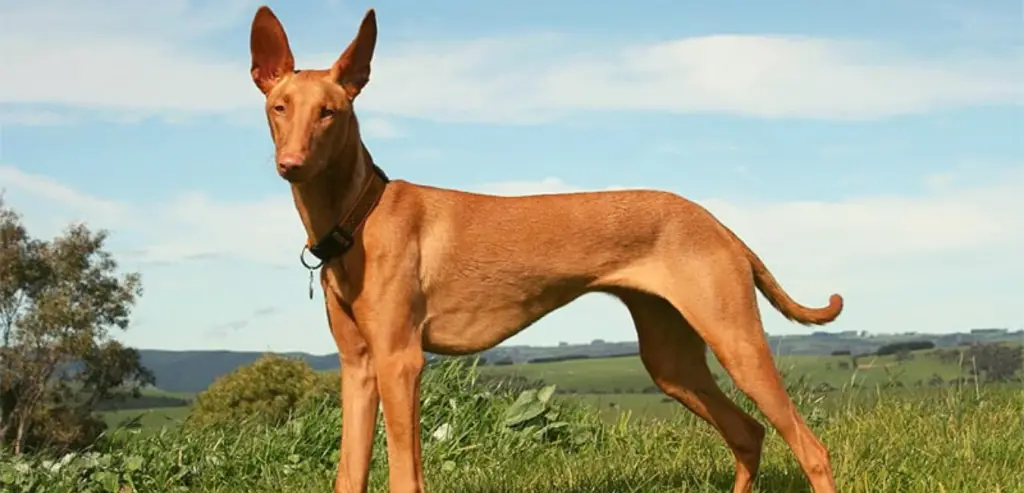
You can tell these hounds are both graceful and elegant, as well as strong and athletic, just by looking at them. Pharaoh hounds have a strong build that isn’t bulky or overly muscular. They have a long, straight leg, a lean muscular throat that is slightly arched, and a deep chest. The coat is fine and short without feathering, and it comes in a variety of textures and colors. They have blue eyes when they are born, which turn light gold or yellow as they grow older and darken as they get older.
3. Personality
Pharaoh hounds have a reputation for being sensitive dogs. They are sensitive to their owners’ emotions and may not do well in a high-stress environment. They’re often known for being wary and reserved around strangers. Because these hounds can become timid, it’s critical to properly socialize them. When your pharoah hound is still a puppy, expose him to a variety of new sights, smells, people, and pets. If properly socialized, they develop into polite and undemanding dogs who are also friendly to strangers.
4. They blush
The tendency to blush is one of the distinguishing characteristics of pharaohs. Their nose and ears turn a deep rose color when they’re ecstatic, pleased, or getting some love. This is due to a lack of pigment in their noses and paws, and t hey are the only dogs capable of doing so, earning the moniker “blushing dogs.” Some owners even tease their dogs to make them grin, which isn’t impossible.
5. They have a unique hunting method
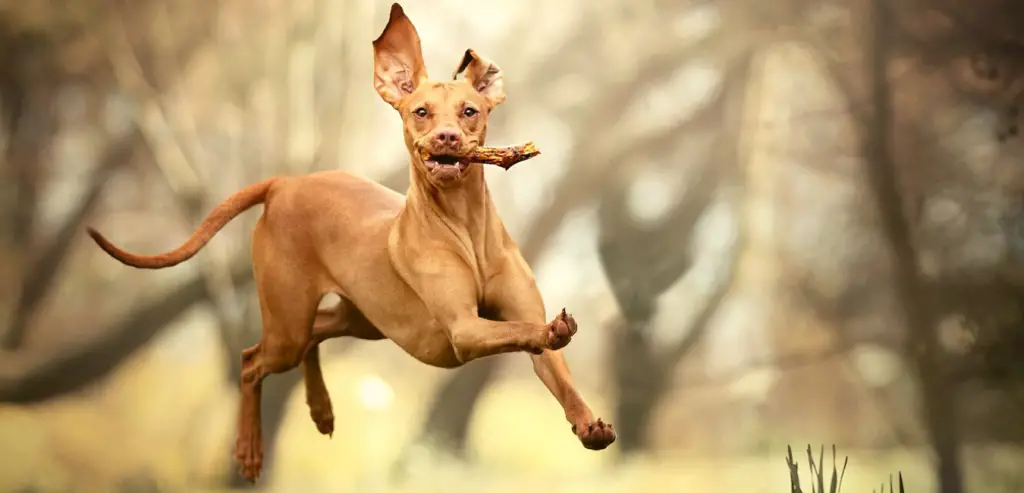
Pharaoh hounds are commonly used for night hunting. In most cases, hunters take their dogs to the countryside and release male and female pairs. The pairs then go on the hunt for prey, and when they find a rabbit, the sight hounds give chase. The f emales that are small and agile lead, and males keep the rabbit from darting to the sides. The hunters cover the escape routes and send ferrets with bells into the tunnel when the rabbits hide underground. Pharaoh hounds can hear the bell from three meters away, and one dog swoops down on the rabbit when the ferret flushes it out.
6. Barking can be a problem
Pharaoh hounds are an exception to the rule that sight hounds don’t not bark much. When pursuing prey, seeing intruders, hearing an odd sound, or become bored, they will bark. When you leave the house, they’ll start barking nonstop, which can be a problem for people who have noise limits. They are, nonetheless, good watch dogs because they can alert you to anyone or something suspicious.
7. You should not take your eyes off them
Never let your pharoah hound run loose in an area that isn’t fenced in. They have a powerful prey drive, which comes as no surprise given their history as hunting dogs, and will bolt if they see small animals. Their outstanding jumpers and are known to slip through backyard fences, so they should be very high and safe. Because coprophagia, or poop eating, is a common trait in these hounds, you should scoop their stool as soon as possible.
8. Small pets are at risk
Another disadvantage of the pharaoh hound’s prey drive is that it causes them to view smaller pets as prey. If you have rabbits, cats, hamsters, or other small animals, your hound’s prey drive may be triggered, and they may be jumped on. They get along well with other dogs, but some of them can be aggressive towards dogs of the same gender. They are, however, extremely affectionate and patient with children and make excellent companions. Continue to educate your children how to properly care for your dog. To mitigate these issues, socialize your dog as much as possible as a puppy and gradually introduce pets.
9. Grooming
Pharaoh hounds have a short, lightly shedding coat. They don’t require much grooming, and a weekly brushing is sufficient to remove dead hair. They also don’t have a strong doggy odor, and baths aren’t always required unless they’re filthy. Because their coat does not provide much protection, they may need skin care and must be kept warm throughout the winter. Brush their teeth daily and cut their nails on a regular basis, and your hounds will be fine.
10. Health
Pharaoh hounds are not afflicted with any serious diseases, but they are susceptible to certain illnesses. Anesthesia sensitivity and allergies are two common issues. Blood cancer, mammary cancer, and mast cell tumor are the most common tumors in the breed. Verify certification for hip and elbow dysplasia, patellar luxation, and eye diseases before adopting a pharoah hound, and remember to schedule a frequent visit to the vet as well.

